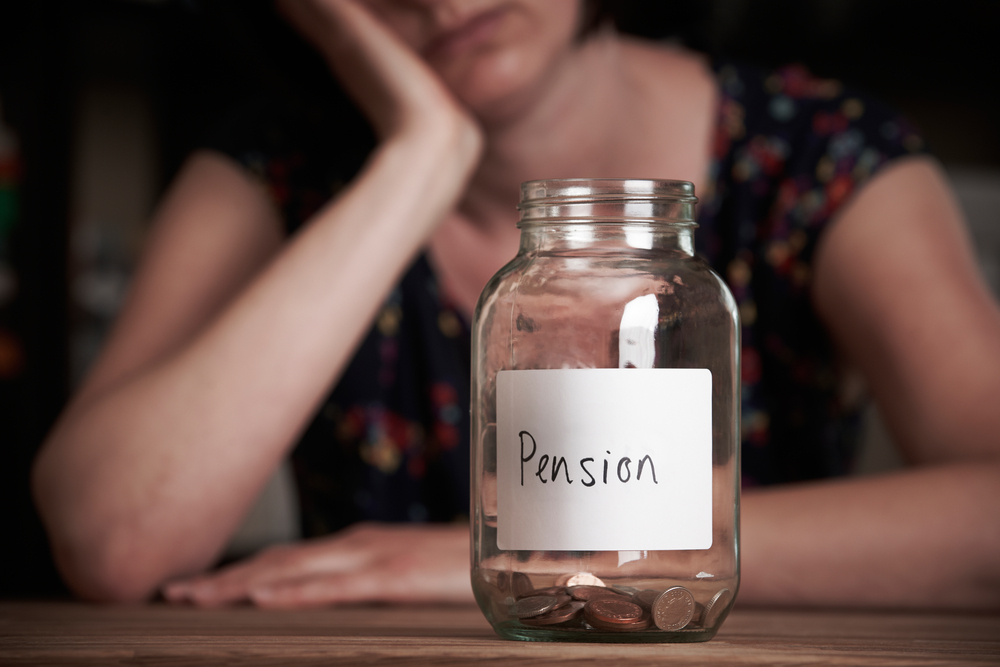News
Pension relief costs exchequer £55bn

Government figures show that pensions tax relief costs the exchequer as much as £55bn.
Figures published today by HM Revenue & Customs show that the cost of tax relief on contributions to occupational pension schemes rose by £400m between 2016/17 and 2017/18 to £24bn. There is also the cost of missed NI contributions on employer pension contributions at £16.9bn. Royal London estimates that other tax breaks on pension saving, such as contributions to personal pensions and the non-taxation of investment growth within pension funds adds another £14bn to the bill.
Nathan Long, senior pension analyst at Hargreaves Lansdown, said: “While there is not the political inclination to change tax relief at present, if Brexit events were to send the economy into a tailspin, desperate times could call for desperate measures.”
Steve Webb, director of policy at Royal London urged the government not to tinker. He said: “The Treasury will no doubt be studying the rising cost of pension tax relief with great interest. The worry is that it will be tempted to use pension tax breaks as a ‘cash cow’, useful for dipping into whenever they are short of money. Pension tax reliefs have been ‘salami sliced’ six times since 2010, with cuts to both lifetime and annual allowances. Every time this happens it adds complexity and reduces long-term trust in the system.
“It is time the government either pledged to refrain from tinkering with tax relief or set out a strategic long-term vision for how this public money could be better used. Treating tax relief as a piggy bank is not good policy”.
The figures also showed a significant rise in VCT investment, up from £110m to £130m in 2015/16, £115m to £165m for 2016/17. Long attributes this to a combination of the lowering of the pension lifetime limit and a reduction to the annual amount higher earners can pay into their pension.
ISA contributions have been steadily increasing since 2014/15, when the overall limit was raised to £15,000 and restrictions were lifted over how much of the allowance could be held in cash. In 2017/18, ISA contributions rose to £2.9bn. Sarah Coles, personal finance analyst at Hargreaves Lansdown, said: “It’s the story of a flourishing stockmarket, growing stocks and shares ISA subscriptions, and the impact of the raising of the ISA limit to £20,000, which have managed to offset the effect of collapsing cash ISA rates and savings.”
For inheritance tax, the long-term trend is upwards, but this set of figures has revised the data for previous years to show a slower rise than previously estimated in 2014/15 and 15/16 (to £24.75bn). It then fell back in 2016/17 to £24.25bn. Coles added: “Given that property values and the stockmarket have performed well throughout this period, a major factor is likely to be the death rate, which has fallen. Estimates for 2017/18, are for another fall, to £23.45bn, as the death rate remains low. This is offsetting any impact from the phasing in of the main residence nil rate band (when a residence is passed onto a direct descendant), which in 2017/18 provides an additional £100,000 allowance.”